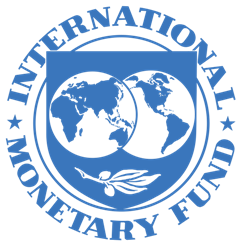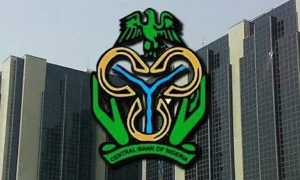In its global economy outlook published on May 3, 2016, the International Monetary Fund noticed a slowdown in growth of bank loans to private sector in most sub Saharan African nations since the beginning of the year.
“The recent phenomenon is analyzed using the 2010-13 rapid credit growth as a reference, as at the time, commodities were up and financing conditions more favorable,” the institution said in its report.
To be more precise, IMF points out three cases. First, it talks about nations such as Senegal, Kenya, Togo, and Mozambique, who do not export natural resources, showing risks associated with credit’s rapid growth which exceeded what structural considerations seem to explain and which, at term, could weigh on these countries’ financial stability. In Kenya, the banking system has been experimenting shocks as margins reduced due to saturated market and persisting increase in bad debts.
In most natural resources’ exporting countries, credit’s rapid growth was linked to a recovery process. Most concerned nations moved from a low banking credit to better results. In two of these countries (Mali, Niger), this credit was greater than what structural characteristics should have justified.
Next are some countries where progress in terms of financial deepening is insufficient and where credit’s growth is lower than average and fitting what structural characteristics would recommend.
Things are not likely to improve in the short-term seeing how IMF forecast a growth of 3% for 2016, against 3.4% at the end of 2015. As for oil exporters, they should record a 2.2% growth. Countries with low revenues, poor states excluded, will record 5.8% of GDP. Poor nations will record a 4.8% growth.
IMF believes this trend could be reversed, but before this occurs, sub Saharan African governments should change direction, mobilizing local resources and being more efficient in terms of allocation of collected resources.
However, challenges and needs are many. Sub Saharan Africa which focuses most of its population (1.2 billion) still has a weak productive fabric, mainly dominated by foreign capitals, and a low level of regional integration reducing opportunities for scale profits.
In this context, growth points are driven by a consumption that depends mostly on imports. This translates into a low growth in per capita GDP (+0.6%), gross domestic savings falling to 13.4%, a negative average balance budget of -4.6%, and strengthening of negative goods trade deficit of -3.4%.
Presented this way, GDP does not indicate quality of products, environment or type of goods that characterize economies in the region.
-Idriss Linge















